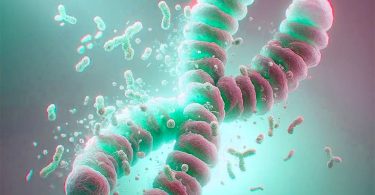Glycation is one of the major causes of cellular aging. The discovery of deglycating molecules is a tremendous hope for anti-aging medicine.
Glycation, a chemical reaction resulting from the fixation of sugars on proteins, has long been little known and is now well identified as one of the major causes of aging.
A true poison with a delayed effect, glycation acts slowly and silently on all the proteins of the body. For reasons still poorly explained, the organism does not generate natural anti-glycation mechanisms.
Almost uncontrollable biochemical trap, glycation sees its effects (metabolic syndrome, skin aging, cognitive decline …) often appear 20 years after the establishment of their mechanism. It is often too late (sometimes 35/40 years old) to oppose their consequences.
Discovered at the beginning of the 2000s, the first deglycating molecule, ALT 711 Alagebrium, allowed to reverse certain effects of glycation. Unfortunately the pharmaceutical constraints, led to the stop of its development in spite of the formidable hopes which it aroused.
In the early 2010s, a phenolic compound of plant origin (molecular fraction of Rosmarinus Officinalis titrated in rosmarinic acid), using the mechanism of action of the ALT 711 and marketed under the name of Age Breaker, is presented to professionals of anti aging medicine (1).
AGE BREAKER allows proteins with a slow turnover rate to recover some of their functionality.
By breaking the cross-links of glycated proteins, AGE BREAKER allows proteins with a slow turnover rate to recover some of their functionality.
This patented discovery, hailed by many international experts, is only beginning to deliver its full potential in anti-aging medicine.
(1): D. Jean and Al. Evaluation in vitro of AGE-crosslinks breaking ability of rosmarinic acid. Glycative Stress Research 12 2015. Society for Glycation Stress Research, Kyoto, Japan.









